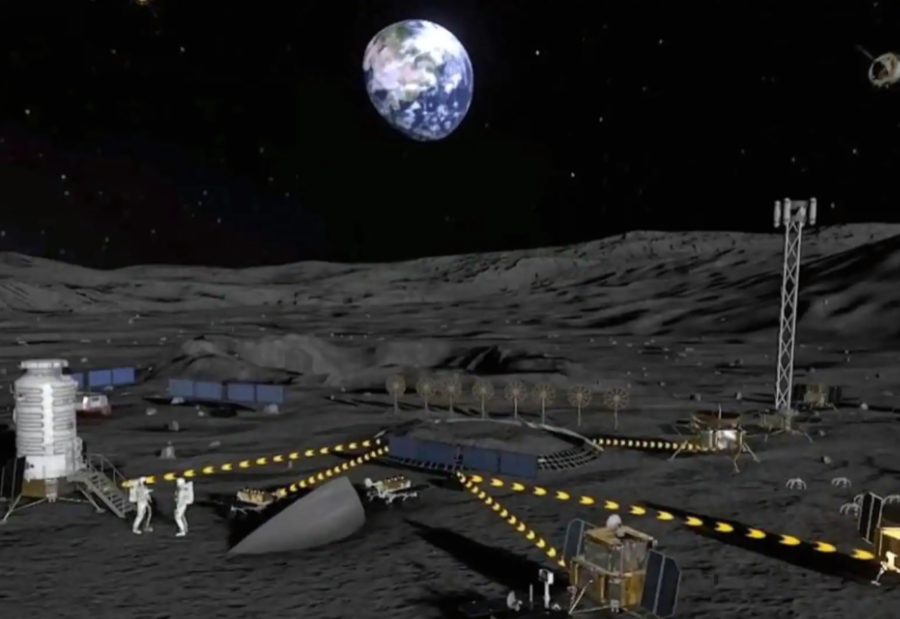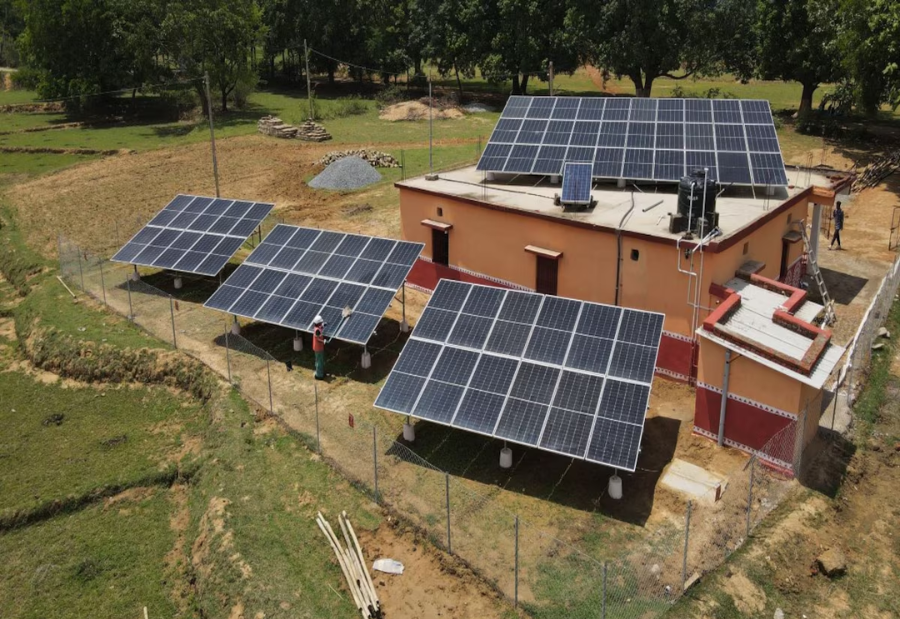The first space race focused on flags and footprints. Today, with lunar landings no longer headline news, the competition is about building infrastructure, and power is at the centre of it.
In April 2025, China revealed plans to construct a nuclear power plant on the Moon by 2035 to support its international lunar research station. The United States responded in August when acting NASA Administrator Sean Duffy suggested that a U.S. nuclear reactor could be operational on the Moon by 2030.
Although it appears like a sudden race, this development has been in progress for years. NASA and the U.S. Department of Energy have long been working on small nuclear power systems designed to support lunar bases, mining operations, and long-term human settlements.
Experts describe this as an infrastructure race rather than an arms race. A lunar nuclear reactor may sound dramatic, but it is neither illegal nor unprecedented. If managed responsibly, it could help countries explore the Moon peacefully, drive economic growth, and prepare technologies for future missions to Mars.
International law does not prohibit the peaceful use of nuclear power in space. The 1992 United Nations Principles Relevant to the Use of Nuclear Power Sources in Outer Space outline safety, transparency, and consultation requirements. Similarly, the 1967 Outer Space Treaty allows all nations to explore the Moon but forbids territorial claims. However, installing a reactor could give the first nation to succeed a strong influence over lunar activities, both physically and legally.
The stakes are especially high at the lunar south pole, where ice in shadowed craters could supply water and rocket fuel. Solar power is limited in these regions due to long periods of darkness, making nuclear energy a more reliable alternative. A reactor could run for more than a decade, powering habitats, rovers, life-support systems, and even 3D printing facilities.
Critics warn about radiation risks and operational challenges, but strict international safety standards exist. Advocates argue that transparent development in line with treaties could set a cooperative path for future space governance.
A lunar reactor is not a territorial claim, but it is infrastructure. And in the new era of space exploration, infrastructure may be the true measure of power.
Also read: Viksit Workforce for a Viksit Bharat
Do Follow: The Mainstream formerly known as CIO News LinkedIn Account | The Mainstream formerly known as CIO News Facebook | The Mainstream formerly known as CIO News Youtube | The Mainstream formerly known as CIO News Twitter |The Mainstream formerly known as CIO News Whatsapp Channel | The Mainstream formerly known as CIO News Instagram
About us:
The Mainstream formerly known as CIO News is a premier platform dedicated to delivering latest news, updates, and insights from the tech industry. With its strong foundation of intellectual property and thought leadership, the platform is well-positioned to stay ahead of the curve and lead conversations about how technology shapes our world. From its early days as CIO News to its rebranding as The Mainstream on November 28, 2024, it has been expanding its global reach, targeting key markets in the Middle East & Africa, ASEAN, the USA, and the UK. The Mainstream is a vision to put technology at the center of every conversation, inspiring professionals and organizations to embrace the future of tech.




